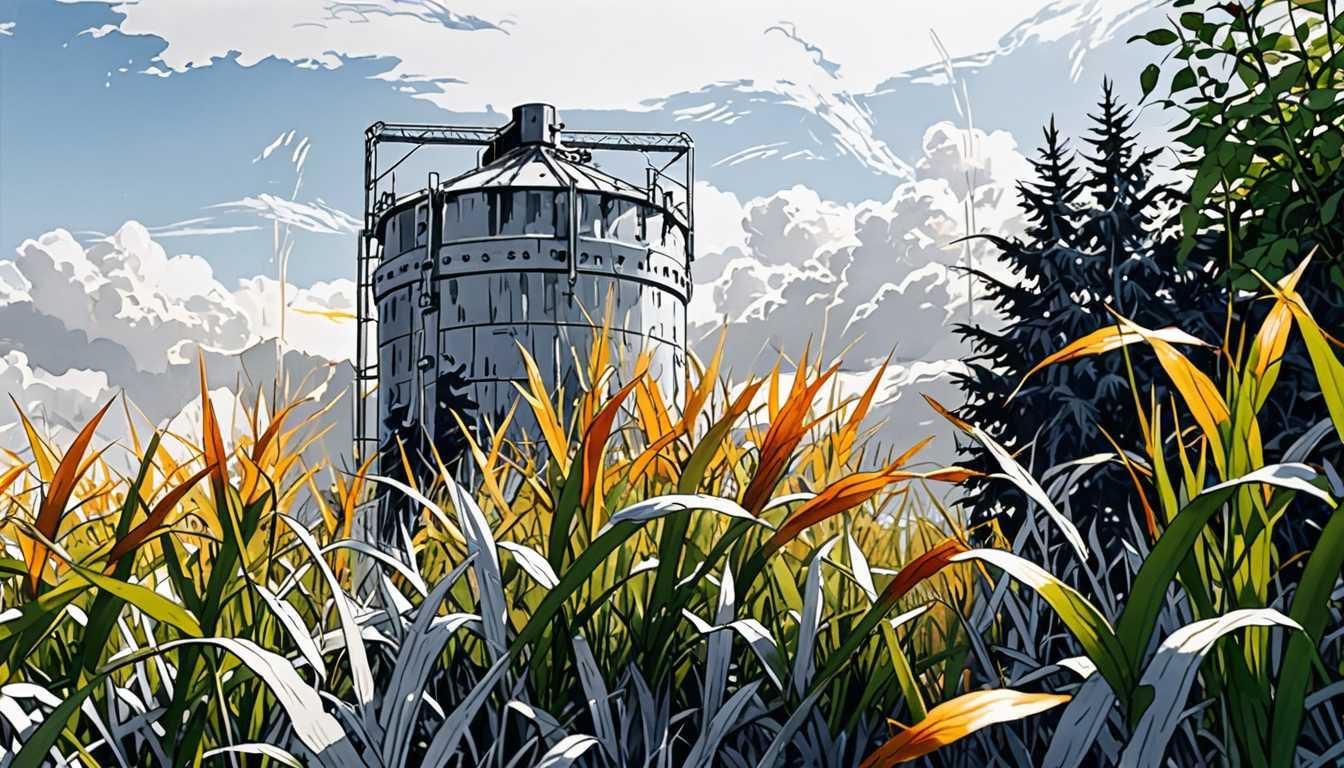The Surprising Truth About Mycelium Materials
May 2024
University of Bristol
Introduction
Hey there, eco-warriors! Did you know that mycelium composites, the funky building materials made from fungi, might not be as green as we thought? A new study from the University of Bristol reveals that in places like South Africa, these biobased materials can actually have a bigger environmental footprint than concrete! Shocking, right? The research dives into the complexities of sustainability and how local factors can change the game. So, if you’re curious about the real impact of these “green” alternatives, check out the full scoop in Scientific Reports!
READ FULL ARTICLEWhy It Matters
Discover how this topic shapes your world and future
Unpacking the Mycelium Mystery
Have you ever thought about where the materials we use every day come from? Scientists at the University of Bristol have discovered that mycelium composites—materials made from fungi and leftover crops—may not be as eco-friendly as we thought. While they are often touted as a sustainable alternative to fossil-fuel-based materials, their production can actually have a bigger environmental footprint, especially in places where fossil fuels generate the electricity needed to make them. This is especially relevant for countries like South Africa, where the reliance on fossil fuels complicates the sustainability narrative. The study emphasizes the importance of understanding not just the materials themselves, but also the energy sources and local practices involved in their production. This means that when you think about sustainability, it’s essential to consider the entire lifecycle of a product and its impact on the planet. So, the next time you’re using a product made from mycelium or any other material, remember how its journey affects our environment!
Speak like a Scholar
Mycelium
The root-like structure of fungi that grows underground and helps decompose organic matter. It’s like the “veins” of a mushroom!
Composites
Materials made from two or more different substances that are combined to create a product with improved properties. Think of them as a team-up of materials working together!
Lifecycle Assessment
A method used to evaluate the environmental impact of a product from its creation to its disposal, helping us understand its total footprint on the planet.
Sustainability
The ability to maintain resources without depletion, ensuring that future generations can also benefit from them. It’s all about balance!
Environmental Footprint
A measure of the amount of natural resources and energy consumed by a product or activity, reflecting its impact on the environment.
Economic Feasibility
Analyzing whether a project or material is financially viable, meaning it can be produced and used without losing money.
Independent Research Ideas
The Role of Alternative Energy in Sustainable Material Production
Investigate how different energy sources impact the environmental footprint of producing mycelium composites. This could reveal innovative energy solutions!
Cultural Practices and Their Influence on Material Sustainability
Explore how local customs and practices in various countries affect the choice and sustainability of materials used in everyday life. This could highlight the importance of cultural context in environmental science!
Life Cycle Assessments of Competing Green Materials
Compare mycelium composites to other eco-friendly materials, analyzing their environmental impacts and lifespans. This could uncover surprising insights about what's truly sustainable!
The Economic Impact of Sustainable Materials on Local Communities
Research how adopting mycelium composites can affect job creation and local economies in regions that produce them. You might discover new ways to enhance livelihoods!
The Intersection of Climate Change and Material Innovation
Examine how climate change challenges the development of sustainable materials like mycelium composites and what innovative solutions might emerge from this intersection. This could lead to exciting breakthroughs in both science and policy!
Related Articles

Forests' Cost: A Global-Local Dilemma
August 2023
University of Cambridge

Chicken of Tomorrow: A Lab-Crafted Feast
November 2023
MIT Technology Review

The Hidden Gases of Climate Change Explained
September 2024
MIT Technology Review

Game On: Tackle Climate Change Together!
June 2024
MIT Technology Review

Land: The Key to Climate Success
November 2024
MIT News